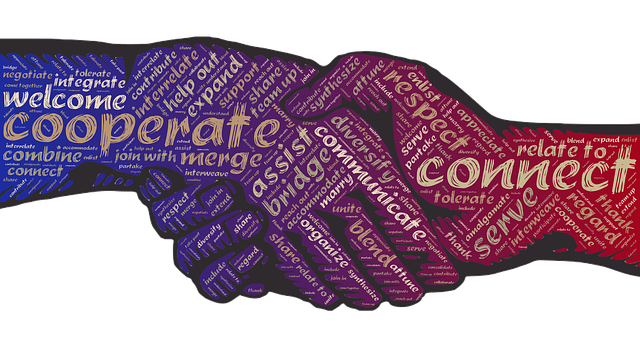Curiosity is a key component for a positive confrontation. It helps us find common ground, which leads to a win-win-win. I’ve been writing about this in recent posts. Confronting others and holding them accountable is not always easy. But if you want to grow personally and professionally, you need to be willing to engage in conflict. Here are a few positive confrontation tips.
Positive Confrontations for People-Pleasers
- Stay in the moment. If you find yourself focusing on, or getting caught in emotions, breathe. Label the emotion: there is fear; there is anxiety; there is anger. If you need to, take a break. Pause the conversation, provide a neutral reason (I’m sorry to interrupt you, but I need to take a quick break; can I get you anything?) Resume the conversation as promised.
- Listen more than you talk. While it’s important to set the right tone, make a concise statement, and hold others accountable, the majority of your speaking time may be best spent asking questions to gain better understanding. Get out of the way so you can hear what’s important. Pay attention to cues. Notice body language, and what is not being said.
- Anticipate you will have a positive outcome. There is a big difference between being liked, and being respected. Conflict is an opportunity to repair and strengthen valuable relationships. It also helps you identify malignant relationships, and when absolutely necessary, remove yourself from the relationship with minimal damage.
Positive Confrontations in a Virtual World
Even as we become more accustomed to virtual meetings, we still need to overcome the actual and perceived distance. Here are a few tips to prepare for your positive confrontation and accountability discussions:
- Create a sense of co-presence: the ability to feel as though you can interact effectively with another person. Know your technology capabilities and limits. Use video, and keep your environment free from distraction.
- Practice eye contact. While it may feel awkward at first, practice gazing into the camera when speaking, and alternate the camera and view of the other person when they are speaking.
- Be specific. As Art Markman, PhD, wrote in “How to Have Difficult Conversations Virtually,” Harvard Business Review (July 2019), “the more distant you are, the more abstractly you are likely to think about them.” Positive confrontations in a virtual world require specific feedback, not abstraction. Use the CPR method I wrote about here to outline your discussion, specific examples, and keep you on track. When initiating the invitation to meet, use a contrasting statement to set the tone. Review what you agreed to, and establish next steps.
Follow-Up to Your Positive Confrontation
After a confrontation, you may be inclined to avoid that situation or person again. But positive confrontations that create a win-win-win rely on pro-active follow-up that strengthen the relationship.
- Acknowledge the positive confrontation. Today, this will most likely be in the form of an email. Send a thank-you note: for their time, engagement, and honesty. Summarize the conversation and individual and collective goals. If appropriate, reiterate your agreement and next steps.
- Reach out to build the relationship. Send an email, text, or call on an unrelated matter. This reinforces the message that you care about them, and your relationship.
What do you think? What has been your experience with a positive confrontation? I’d love to hear from you. I can be reached here, on LinkedIn, or give me a call: 561-582-6060.

Did You Enjoy This Article?
Join thousands of other smart business owners like yourself & get our Proffittable Times newsletter.
It's filled with actionable content you can apply immediately.
Sign up now to get started!
– Coach Nancy










